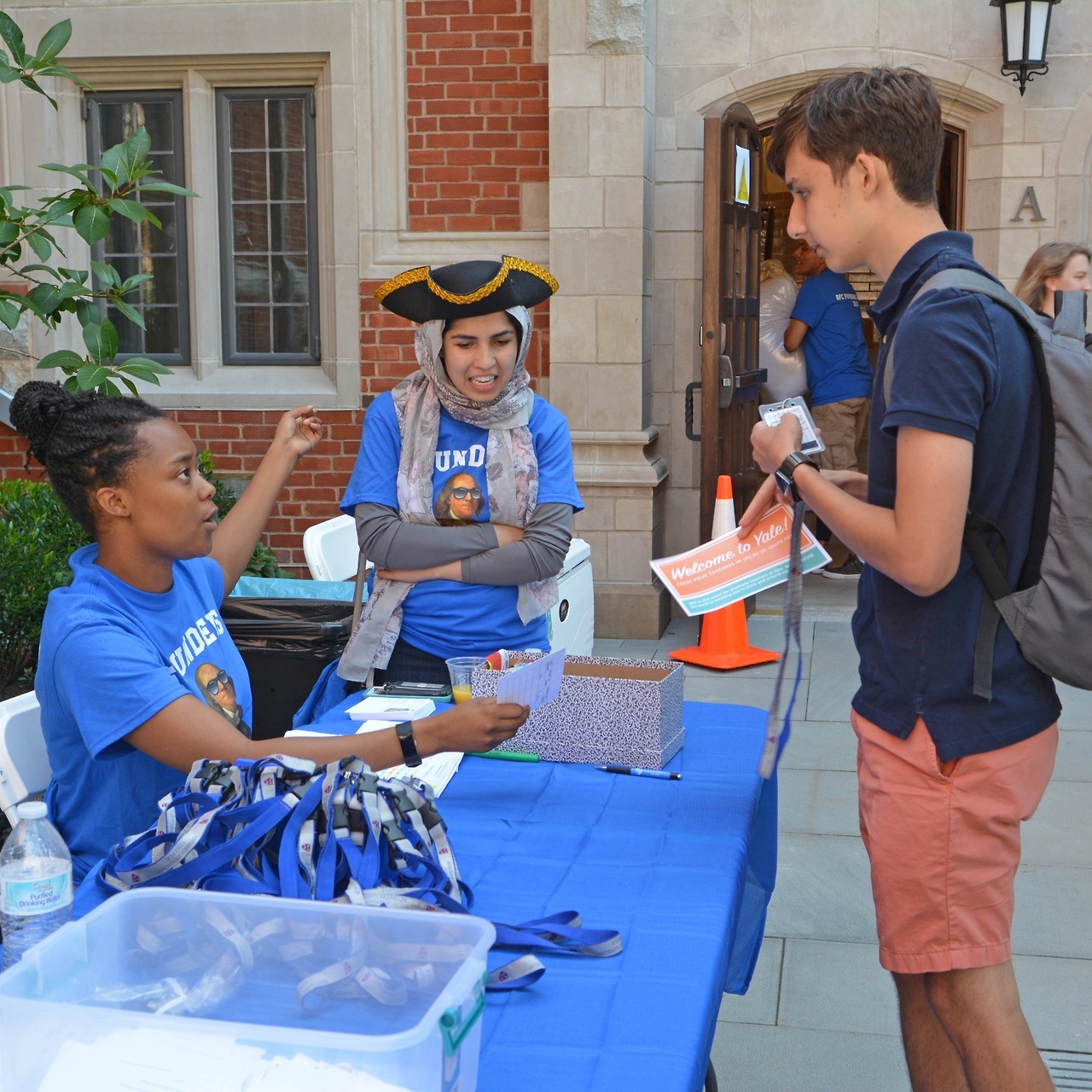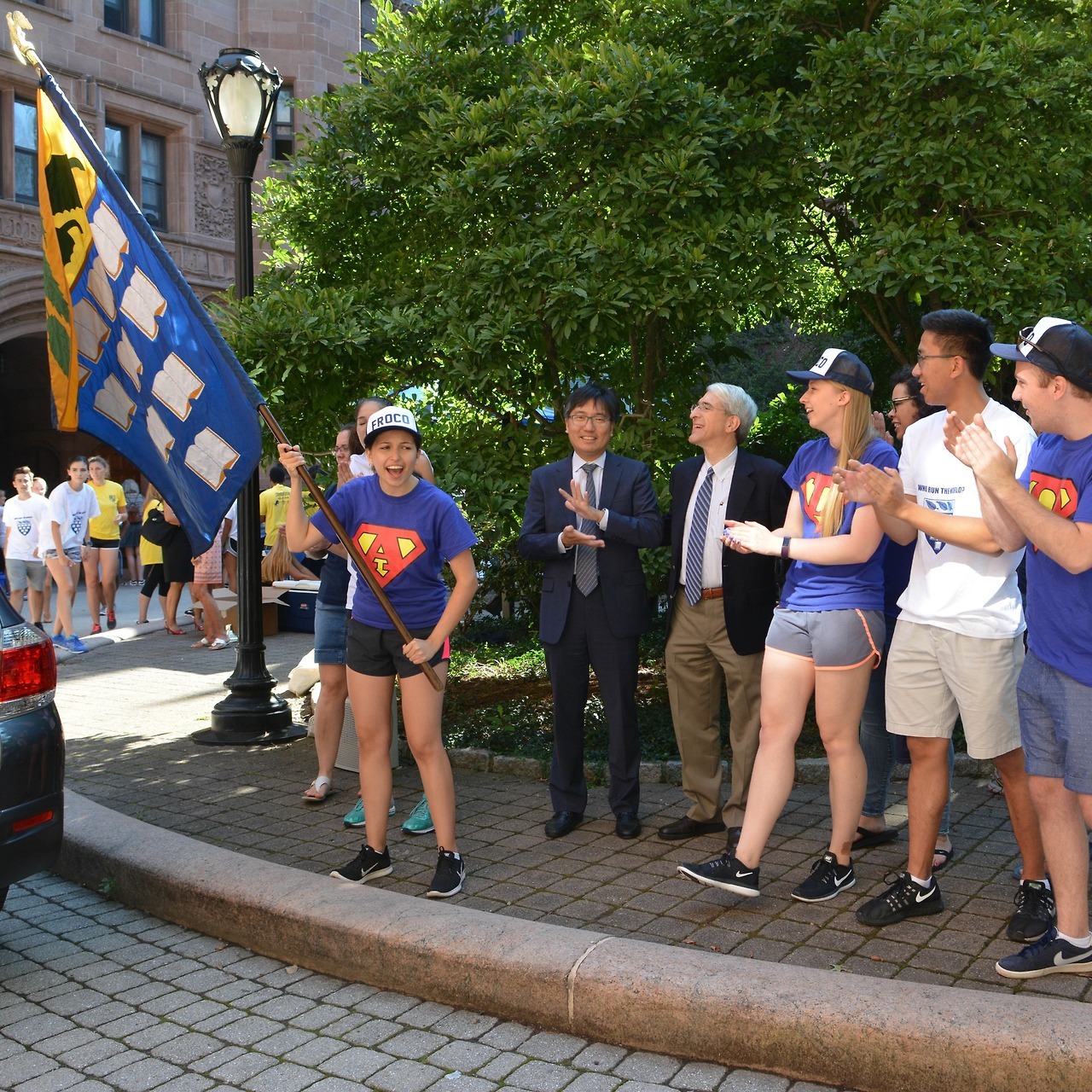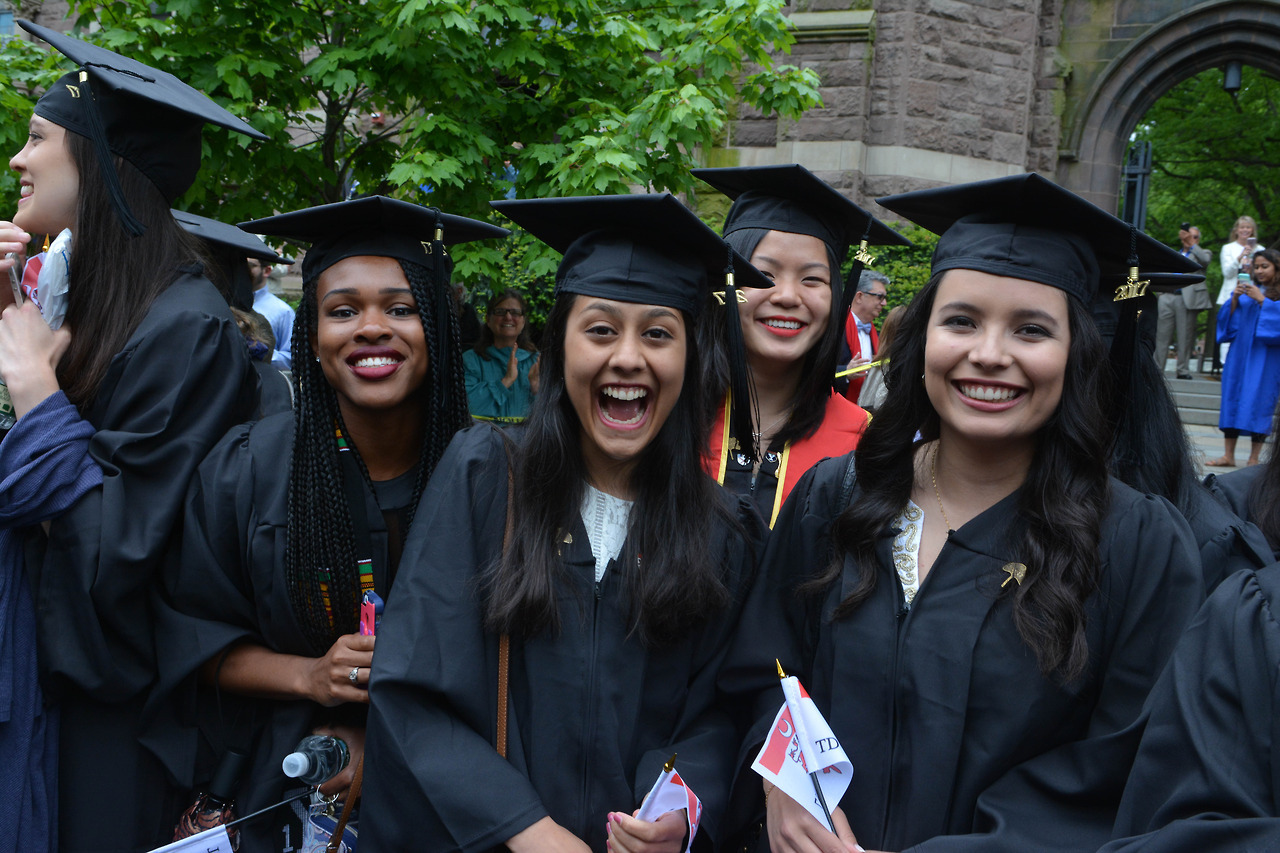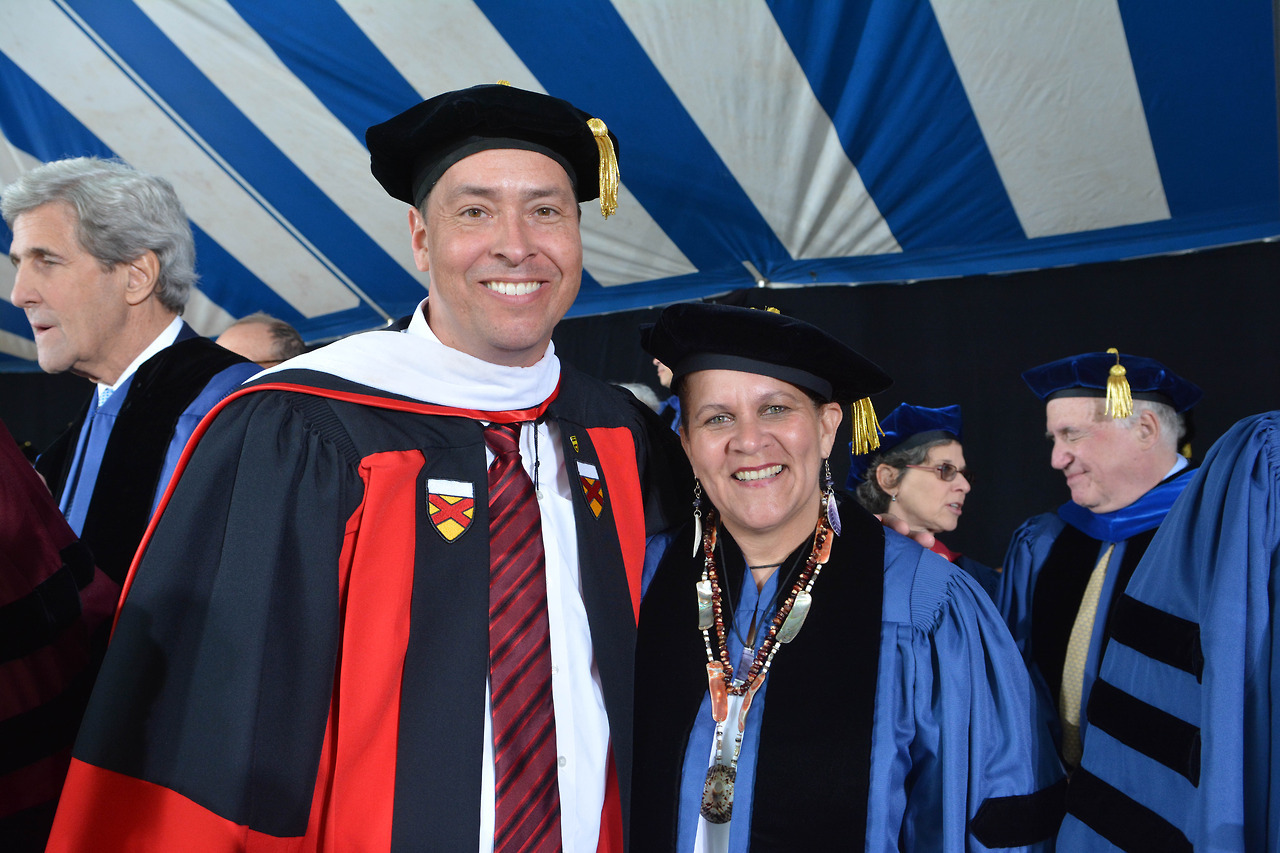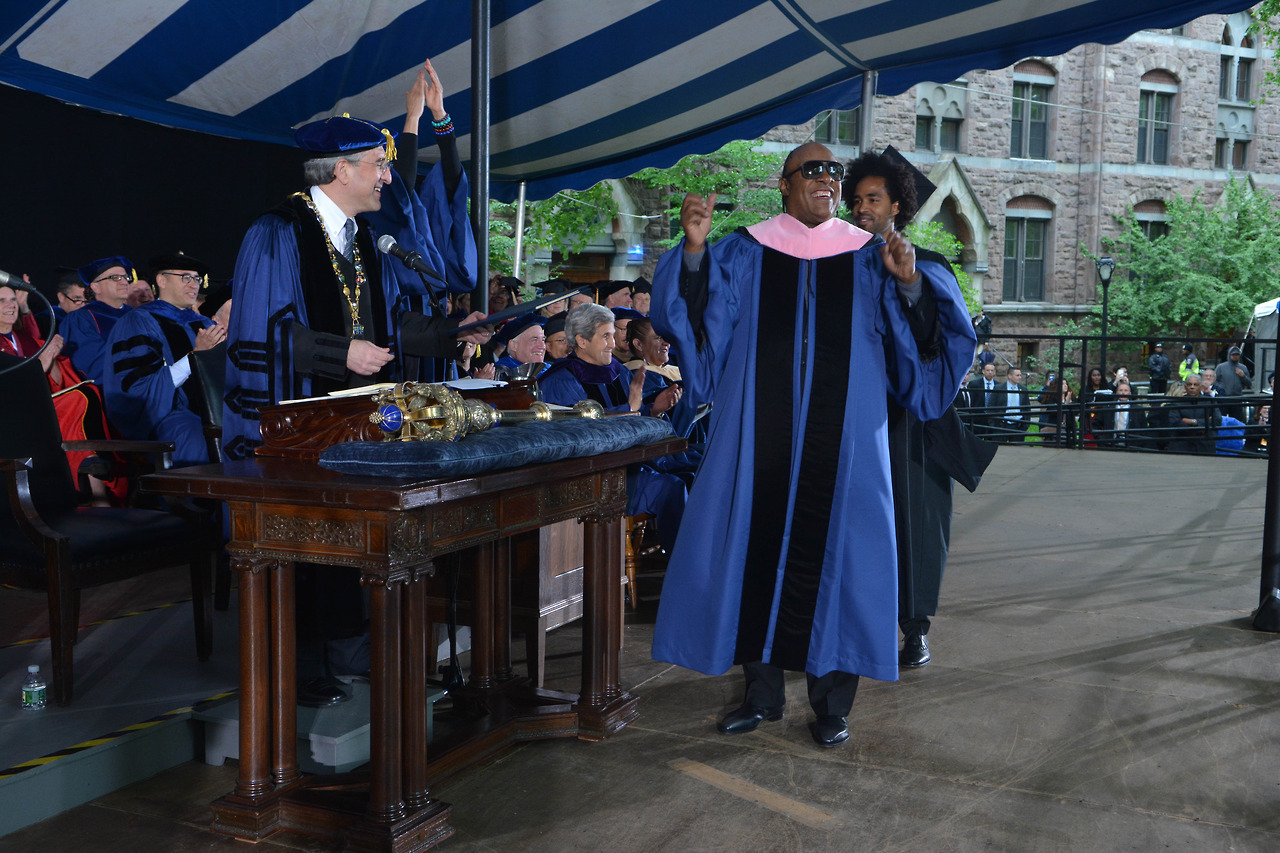
For Women’s History Month, we asked Yale students to reflect on their sources of inspiration.
Alexis Payne ’19, Berkeley College
Who is your role model/inspiration?
Lorraine Hansberry
What kind of inspiration/role model has this woman been in your own life?
When I think of Lorraine Hansberry I am simultaneously reminded of Nina Simone’s song “To Be Young Gifted and Black” which was written in remembrance of her and released in 1969. This song alludes to the ways in which knowledge acted as a powerful threat to the institution of slavery upon which this country was founded; for awareness of one’s own enslavement with an ability to write or speak about it, functions as a serious hazard to a system that relies on the free labor of Black bodies and the defeat of Black minds and spirits. Hansberry, the first Black woman to write a play produced on Broadway, died at 34 and stands as a symbol of resistance against this system of silencing. Her magnum opus, A Raisin in the Sun—a partially autobiographical work that illuminates the effects of restrictive covenants and redlining on Black families—stands as a testament to both the power of the theatre and to the imperative of speech for those of us who have experienced the trauma of institutionalized racism. In many ways, Hansberry reminds me of the infinite resilience of my own grandmother, my namesake, a poet who died at 36 with no record of her life. As a playwright and a student, she reminds me of my responsibilities to my people and to our narratives. She reminds me to never forget the perilous and revolutionary nature of my mind. She reminds me to never take for granted the opportunities that I have had to write and to learn, to criticize and to challenge.
Why should others know about this woman’s contribution?
Lloyd Richards, the director of A Raisin in the Sun recalled a Black woman who before seeing the show remarked: “The word’s out in my neighborhood that something’s going on down here that concerns me.” When it comes to the American theatre, Hansberry’s influence is paramount. The minstrel show had long-reaching effects as blackface tropes proliferated the stage and culture at large. In a cultural space where Blackness became equated to and synonymous with images of a blackened Al Jolson or the “mammy” in Birth of a Nation, the significance of a play on a Broadway stage that stood as a reflection of a true Black experience became revolutionary. Hansberry’s work considered the ways in which performance can serve as force against the systematic powers that sought to silence her peoples’ nuanced realities. Her work not only provided countless opportunities for Black actors to imagine themselves as artists and for Black people to see themselves reflected on the American stage; it also revealed the importance of Black writers championing their own stories.






